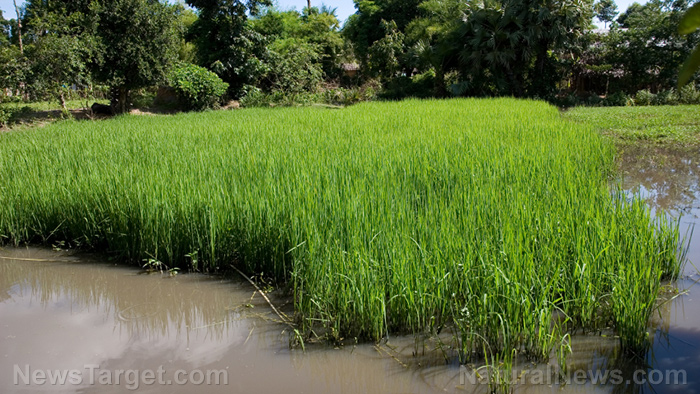
A concerning amount of fungicide and insecticide residues were found in rice hulls in rice plants in southern Brazil, according to a study.
The study was done during three crop seasons – fungicides and insecticides were sprayed at different crop growth stages on the aerial portion of the rice plants in Brazil, where these fungicides and insecticides were commonly used.
Brazil is the ninth largest producer of rice all over the world, and is the biggest producer outside Asia. Rice in Brazil is cultivated via two ecosystems: Irrigated (75 percent of production) and upland (25 percent of production). Each system occupies around 50 percent of the total rice area of Brazil.
The fungicides that were applied include the following: Azoxystrobin, difeconazole, propiconazole, tebuconazole, and trifloxystrobin; meanwhile, the insecticides used include lambda-cyhalothrin, thiamethoxam, cypermethrin, and permethrin.
The study was done in two stages: The first stage was done in the field; the second stage, in the laboratory. The first stage was carried out during the 2007-2008, 2008-2009, and 2009-2010 crop seasons in the lowland area that is the property of the Department of Plant Science at the Federal University of Santa Maria in Southern Brazil.
Pesticide residues were studied in parboiled, brown, cooked, polished, and uncooked brown rice grains as well as rice hulls during three crop seasons, for a total of 1,458 samples, which were analyzed by gas chromatography with electron capture detection. Helium was used as a carrier gas.

Fungicide or pesticide residues weren’t detected in rice grain samples; however, rice hull samples showed azoxystrobin and cypermethrin residues.
The results of the study further showed that high concentrations of fungicide and insecticide are associated with rice bran and whole grain rice. Other rice processing techniques such as parboiling lessened the detected tebuconazole residues in the bran, hull, and polished rice grain by up to 11 percent, as compared with non-parboiled grains.
The highest residue concentration was identified in the rice hull, with a value that was 71 percent higher than the value detected in the bran and 99 percent higher than the value that was detected in the non-parboiled polished rice grain.
Permethrin (insecticide) residues were not detected in rice grains. This may be because several processes, such as biological degradation, chemical degradation, photodegradation, and volatilization may be linked with the non-detection of residues in rice grains. The researchers took note that the insecticides were applied during the months of the highest solar radiation incidence, lending credence to the hypothesis that molecules are degraded by solar radiation.
The presence of fungicide and insecticide residues in rice plants are usually no big deal, for they are usually just applied to the aerial parts. However, recent studies have shown that even small amounts of pesticide and fungicide residues in plants can transfer from the food into a person’s body tissues. (Related: Pesticides may be a leading cause of major diseases.)
Although there is very limited literature as to how such items can negatively impact a person’s health, some small studies show that fungicide and insecticide contamination can damage the nervous and reproductive systems, as well as cause certain cancers.
Sources include:
Please contact us for more information.






















